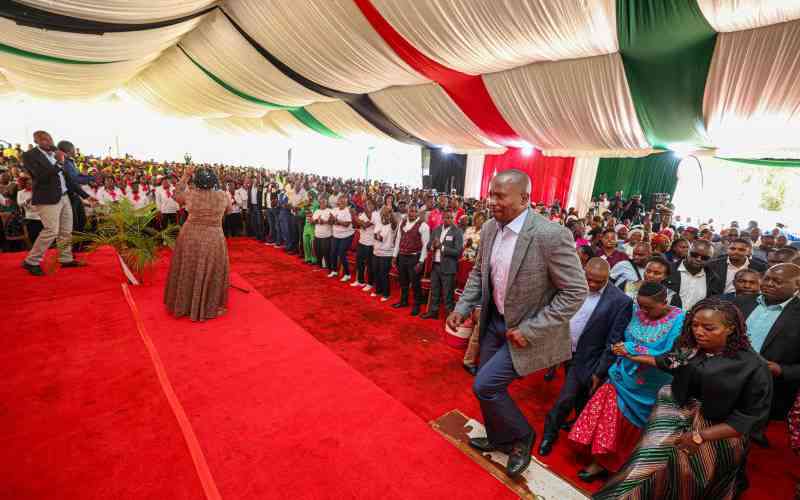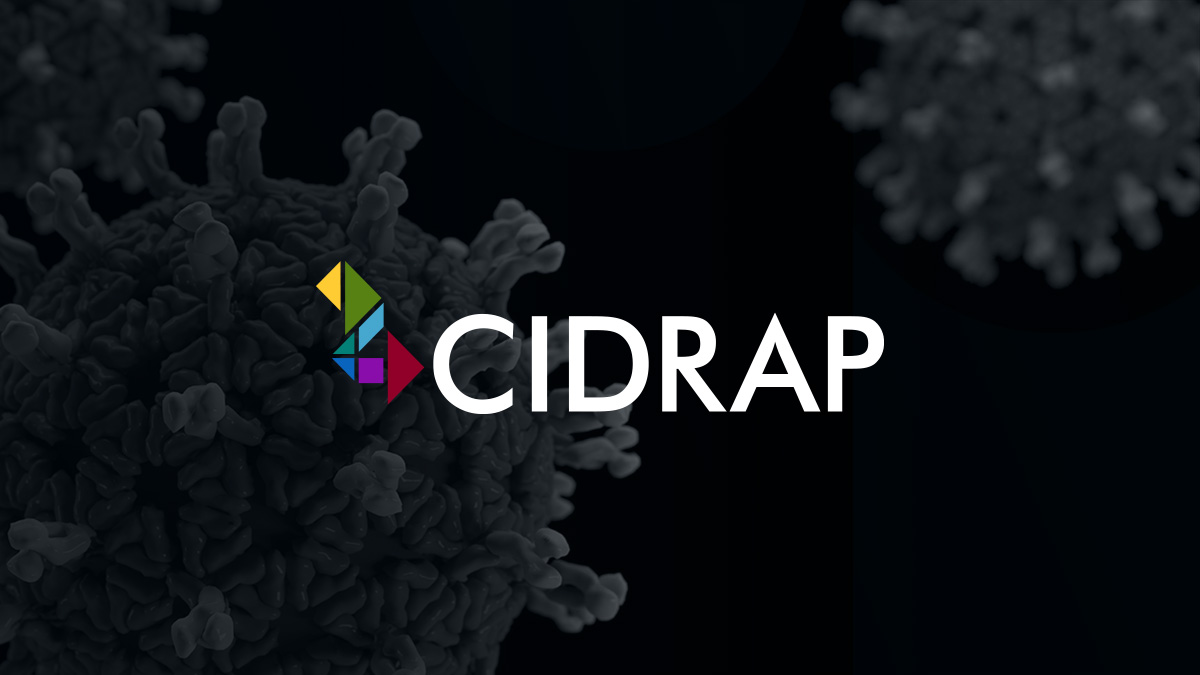Battle lines drawn as top opponents start carving out distinct coalitions

[DPCS]
Deputy President Kithure Kindiki posted this on X a fortnight ago: “The contest is now clearly defined!”
He did not expound his remark, leaving room for different interpretations. But two events happened on May 4, when Prof Kindiki made his post.
While on a tour of Migori County, President William Ruto was struck by a shoe. The second, more significant, was that former Deputy President Rigathi Gachagua hosted several opposition politicians at his Wamunyoro home.
It is unclear which event he was referring to, but Kindiki could well have meant the second. A new coalition was regrouping to mount a challenge against Dr Ruto, who hopes to secure a second term in office come 2027.
There have been more developments since. On Thursday, Gachagua unveiled his political vehicle, the Democracy for Citizens Party (DCP), which he intends to make the most dominant voice in his Mount Kenya backyard.
With it, he can form coalitions with prospective allies such as Wiper leader Kalonzo Musyoka, the People Liberation Party’s Martha Karua and Democratic Action Party-Kenya leader Eugene Wamalwa. Former Interior Cabinet Secretary Fred Matiang’i is also in Gachagua’s axis.
Former Prime Minister Raila Odinga has been as active as ever. Last weekend, he promised to support his allies in Dr Ruto’s Cabinet and asked Nairobi Senator Edwin Sifuna, a sharp critic of Ruto, to go easy on them. He followed up with assertions that he had not betrayed his people by shaking hands with the President.
On Thursday, Raila met National Treasury Cabinet Secretary John Mbadi and the ministry’s Principal Secretary, Chris Kiptoo. By meeting Mbadi, Raila was somehow making good his promise to support the “experts he had donated.”
“They have given me an outlook of the National economy against the global and regional economies, in addition to steps being taken to put our economy on a stronger recovery path. I have encouraged them to listen to Kenyans’ cry for relief on taxation, increase and diversify revenue collection, and undertake better management of Kenya’s national debt,” Raila posted on his social media accounts after the meeting.
A day later, he met Interior Cabinet Secretary Kipchumba Murkomen, a meeting that came off as more of an assurance to Ruto that he was still on board. Facing resistance from within Raila’s circles, Ruto has looked like he could use words of affirmation.
From all indications, it seems as though Raila is open to extending his partnership with Ruto to 2027. Their parties, the Orange Democratic Movement and United Democratic Alliance, recently signed a cooperation agreement that could yield a coalition.
According to Raila, that would depend on whether the Head of State implements some 10 agreed-upon agenda items that formed the Memorandum of Understanding they signed in March. The pact focused on implementing the National Dialogue Committee (Nadco) report, stopping abductions, and fighting corruption and wastage of public resources, among other pledges.
The major political formations are yet to take shape.
“It is too early to make predictions. Next year would be a better time, given that most political formations will have taken shape by then,” said Timothy Onduru, who teaches history at Moi University.
Stay informed. Subscribe to our newsletter
Undoubtedly, it is too soon for them to do so. However, the battle lines have been drawn. The race is shaping up to be a pro or anti-Ruto affair.
Like the 2022 contest, it is almost certain that the economy will be a significant talking point. Ruto’s allies insist the Kenya Kwanza plan is well on course, with strides in stabilising an economy they say they inherited in dilapidation. Unga prices are down, they have said, and Kenya is no longer at risk of debt default.
“There is no time we will default on our loan repayment. This country is strong economically. It is the strongest economy in the region,” Mbadi told Parliament recently, saying the country’s loan repayment pressure would ease by 2032.
Detractors point to a worsening economy, increasing debt and untamed corruption. And so the President’s opponents, led by Gachagua, have coined a name for him: Wantam, which implies that the Head of State would only serve a single term. Allies have responded with Tutam, an assertion that Ruto would be in office until 2032.
“Impeached Deputy President Rigathi Gachagua’s new found political slogan of one term presidency for President Ruto may crystalize into a national movement. This may end up as President Ruto’s biggest 2027 threat. Voters are, however, unlikely to invest in Rigathi Gachagua’s candidature or interests because he is using general elections to settle personal scores and he lack national interests,” opines political risk analyst Dismas Mokua.
Perhaps the more significant agenda item would be Ruto’s human rights record, which has not been the best since he assumed office. He has faced successive protests, with his administration reacting violently to the most consequential ones.
The freshest is the police clampdown on youth-led protests staged last June and July, which saw more than 60 Kenyans killed, according to rights organisations. Many more were injured and abducted, and tortured.
Ruto has faced criticism locally and abroad, with a recent United States report offering the strongest rebuke. In March, King Willem-Alexander of the Netherlands, on a State visit to Kenya, urged President Ruto to ensure rights and freedoms of Kenyans are respected, challenging him to uphold “human rights, good governance and accountability.”
Respect for civil liberties featured heavily in the last campaigns. Ruto promised to uphold human rights.









